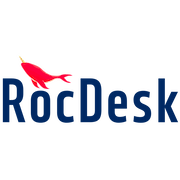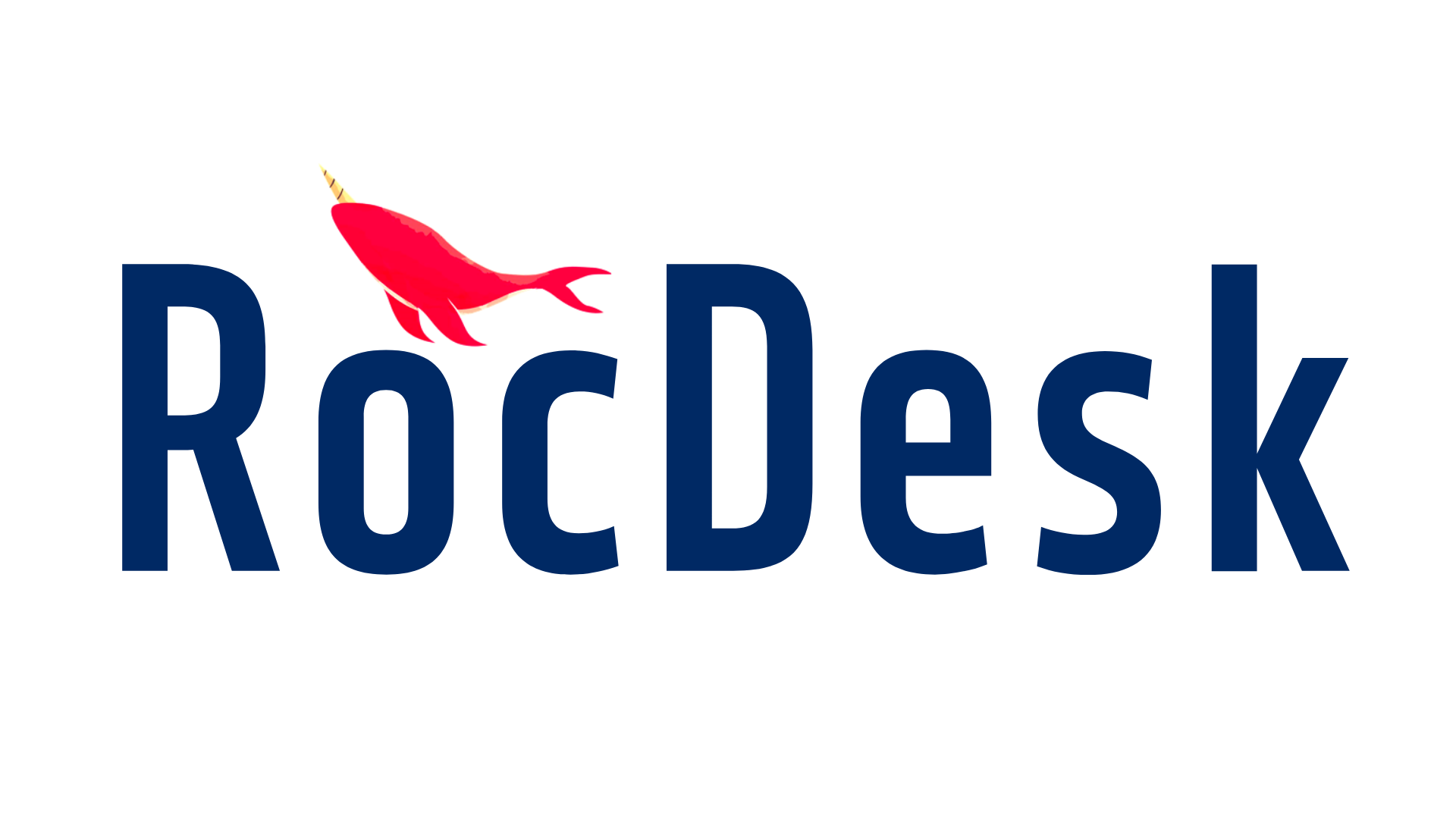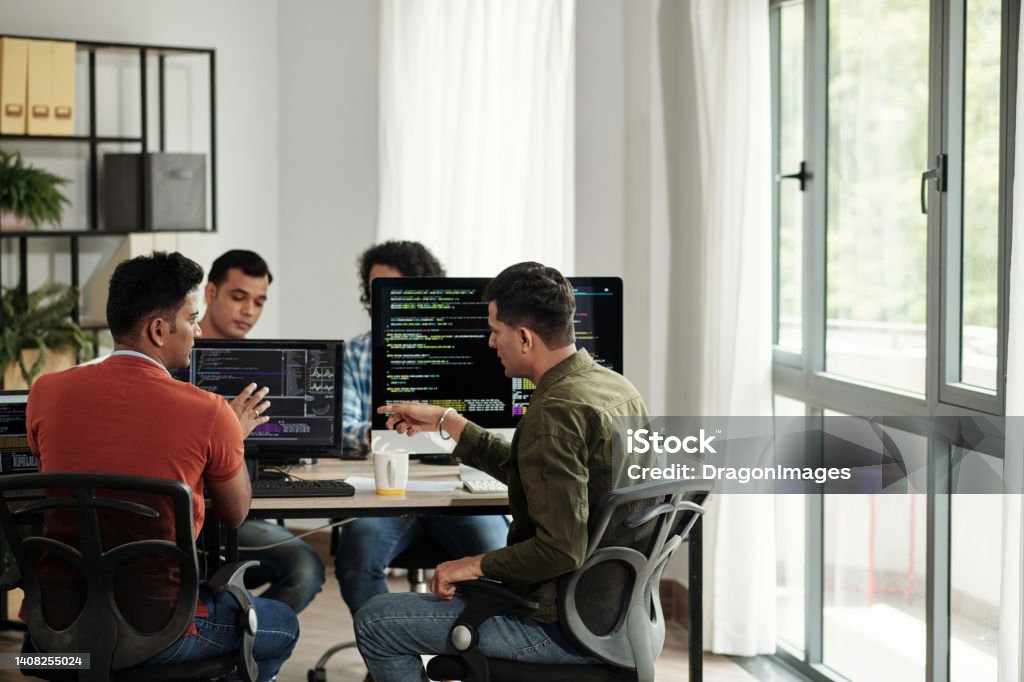Finding top talent and keeping them is tough, especially for small businesses and startups with limited capital. But what if there was a way to attract top employees and keep them around long-term?

Or better yet, incentivize them to work hard and help your business grow?
One way to achieve this is by transforming your business into an employee-owned company. The structure allows everyone to share in the fruit of the business’s success, fosters cohesiveness, and helps ensure the longevity of your venture.
What Does an Employee-Owned Company Mean?
An employee-owned company is a business with at least 50% of its shares owned by its employees. This type of ownership structure gives employees a say in business decision making and a greater stake in the company’s success.
The better the company performs, the higher the employee’s share of profits. In some cases, hourly or salaried employees have become millionaires after the sale of a company.
Some employee-owned company models even allow employee-shareholders to vote for the board of directors.
Employee-Owned Company vs. ESOP
An employee-owned company is an umbrella term for a business that allows its workers to earn or purchase shares or decision-making power in its organization.
An ESOP (employee stock ownership plan) is one type of employee-owned company model that businesses can use to set up equity and profit-sharing for workers.
Employee-Owned Business Model
The employee-owned business model is a business structure in which employees own most or all of the company's shares. Employee-owners often get a vote in company decisions and can benefit financially from the company’s profits.
But there’s no one way to operate an employee-owned company. Here’s an overview of a few business models:
Worker-owned cooperatives: Members each get one equal voting right, regardless of seniority or position in the company, and elect board directors. Workers are not required to join — but to become a member, they must buy a share of the business.
Employee stock ownership plans (ESOPs): A retirement benefit plan available to all workers. Employee-owners accrue shares as they work and receive them in cash after leaving the company. Workers may also receive voting power in company decision-making.
Employee ownership trusts (EOTs): Employees own shares of stock in the company, but have no control over its operations. However, employee-owners can choose the board of directors. The trust holds the shares on behalf of the employees and distributes profits to them.
How Employee-Owned Companies Work
Each type of employee-owned company model comes with eligibility requirements, structures, and legal guidelines or state requirements. So it’s important you do your due diligence to see which best suits your small business.
Here’s an overview of how the most popular employee-owned business models operate.
Worker-owned cooperatives
Worker-owned cooperatives are 100% employee-owned businesses. The employees own company shares and directly control business operations. Each member has one equal vote in business decisions, regardless of how much money they’ve invested or how many hours they work.
As of 2021, there are over 600 worker-owned cooperatives in America with 5.9k+ participants.
Workers in an employee-owned co-op don’t have to become members, and many businesses require employees to work for a certain amount of time before they’re eligible. At this point, members of the co-op may vote on whether an employee can join (though some co-ops don’t do this).
Members may block certain types of employees from joining, such as seasonal workers and upper management personnel.
At the end of the year, net revenue is split between two accounts: a general account used by the business to purchase equipment and pay bills and other expenses, and one for the co-op members.
Net revenue generated by nonmember employees goes into the general account, while the net revenue members earn is split between the general account and members’ individual accounts. If the business is in a rut and needs more money, less money may be distributed to the members.
Profits are shared between members based on how many hours they worked (most common) and/or other criteria established in the company’s bylaws.
Employee stock ownership plan
An employee stock ownership plan (ESOP) allows employees to own shares of stock and have direct control over the company’s operations. There are ~6.5k ESOP companies in the US and close to 14m participating employees.
Qualifications for an ESOP vary, but in most cases, employees must be full time, at least 21 years old, and employed for one year at the company. At least 70% of non-highly compensated workers must participate for the structure to be considered an ESOP.
Companies can loosen the age requirement or the one-year employment policy, though trying to restrict eligibility may violate the Internal Revenue Service’s nondiscrimination guidelines.
An ESOP is similar to a profit-sharing plan. To set it up, a company must create a trust fund. Then the company either contributes cash to purchase existing shares, or issues new shares of its own stock.
Those shares are given to employees based on seniority, relative pay, or another formula. Some companies require employees to work several years before their shares can be fully vested. Other companies allow vesting to occur at once instead of over time.
Once an employee leaves the company, the business must buy back its shares from the individual at fair market value. To determine the cash value of shares, private companies require annual third-party valuations.
Since the setup and maintenance costs for an ESOP are high, and it’s governed by regulations, it’s recommended for businesses with 40+ employees and at least $2m in revenue.
Employer ownership trusts
An employer ownership trust is a popular model in the UK. The company sets up a trust fund to ensure long-term employee ownership. Then the company’s original owner sells a portion or all of the business to the trust.
The trust is the direct owner of the company, not the employees. Employees receive a share of profits based on company-outlined criteria, such as seniority, base compensation, and job skills.
During profitable years, employees receive their standard compensation plus a bonus. During years of low to no profit, employees may receive a smaller bonus or nothing at all. This incentivizes employees to work hard for the profitability of the company.
While EOTs don’t offer employees control over company decisions, businesses can create bylaws to grant workers say over its future direction and operations.
Those rights may include the ability to raise grievances with managers, provide input for product development and investments, and determine the necessary tenure of an employee to qualify for profit distributions.
Employee-Owned Companies Pros and Cons
The pros:
Businesses of any size can become employee-owned company
Low set-up costs for worker-owned co-ops and EOTs
No cost for employees to become a shareholder in ESOPs and EOTs
Increased employee engagement, productivity, motivation, and retention (employee-owned companies are 3x-4x more likely to retain workers)
Offers business continuity, since employees are often the owners and can continue operations even if the founder retires
Long-term financial security for employees
The last point is a big bonus: According to a 2022 study by the National Center for Employee Ownership, ESOP employees have a 92% greater median household net wealth and 33% greater median income from wages compared to average workers.
The San Diego Workforce Partnership also shows employee-owners of color and women see 30% and 17% higher incomes, respectively, compared to non-employee-owners.
The cons:
Employees may not have the skills or knowledge to direct good business decisions
Potential for conflict between employees with differing views
Shares in the company tend to be illiquid until you retire or exit
Largest Employee-Owned Companies
Employee-owned is a model that can work for companies of all sizes. Here’s a look at some of America’s biggest employee-owned businesses.
WinCo Foods: A grocery chain with 138 supermarkets across the US. It made $7B in 2021 with the help of 20k employees. Its ESOP offers shares to employees who work 500+ hours in their first six months, or 1k hours annually, and are at least 19 years old.
This model has created millionaire grocery clerks: In 2014, ~130 WinCo employees had a combined $100m in distributions they’d receive after retirement.
HDR Inc.: This Nebraska-based design firm became employee-owned in 1996 and is the fifth-largest employee-owned company in the US, with 11k+ workers across 13 countries. Its stock prices have grown steadily over the years (15%+ annually), which the company contributes to “employees pride of ownership.”
Bob’s Red Mill: A manufacturer of milled grains founded in 1978 by Bob and Charlee Moore. Today, its products stock major supermarkets like Whole Foods and Walmart.
The company, which adopted the ESOP model in 2010, generated $53.8m in 2021 revenue and has 500+ employees, who own 100% of the company and receive monthly profit-sharing checks on top of their regular pay.











